Designers submit ideas for Brexit design manifesto
Brexit design summit: the freedom to recruit talented staff from overseas is "completely essential" according to leading UK designers, who have submitted ideas for a design manifesto to help the sector thrive after Brexit.
Other suggestions include the adoption of intellectual property laws from the EU and support for education exchange programmes.
"There needs to be a clear message to Europe that as a country we are still as progressive, open-minded, talented, and forward-thinking as ever," said designer Ilse Crawford, who is among those who have already submitted key points to be covered by the manifesto.
Paul Priestman, who is a founding director of transport design company PriestmanGoode, said that many of the key issues that would be crucial for the design industry would also be beneficial for other industries.
"We need a climate for businesses to operate and grow successfully, regardless of what industry they operate in," he said.
Others who have contributed ideas include designer Tom Dixon, and architects Amanda Levete and Alison Brooks.
Many suggested that the success of design companies in integrating talent from across the world could be held up as an example of immigration having a positive effect on UK industry.
"The reason freedom of movement is so important is because by having that you increase vastly the talent pool," said Levete. "And talent is what wins competitions, and winning competitions isn't just a profit for the architect tangentially – it's a profit for the construction business, it goes on and on."
"It is completely essential and I think that there has to be a very positive narrative that is written that describes precisely this and why our discipline is richer for immigration, for freedom of movement," she added.
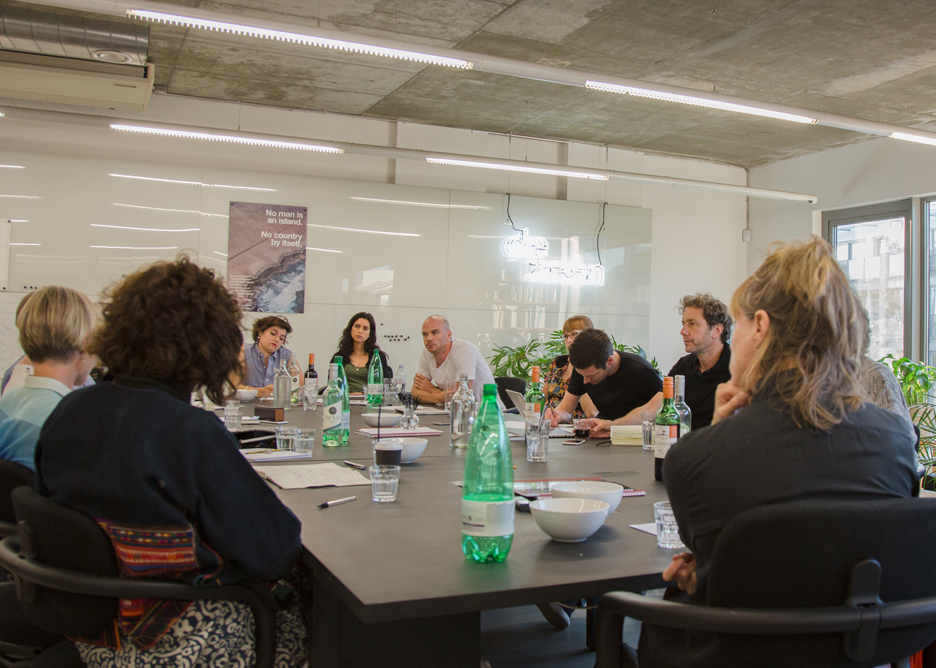
Many also expressed concern over the cost – both financially and in terms of time – of helping talented overseas staff apply for visas and worried this would get worse in the event of Brexit.
A UK law that came into effect in March would also make applying for a visa more difficult for anyone earning less than £35,000 per year.
The manifesto should be a vision statement for the sector together with a list of things it needs to continue to thrive as one of the fastest-growing areas of the UK's economy, said the designers.
Common suggestions include:
- ability to recruit talented staff from anywhere in the world with the minimum bureaucracy
- continued access to reciprocal international exchange programmes for students
- regeneration of the UK's manufacturing industry
- support for design education
- support for creative businesses across the UK and recognition of their economic and cultural value
- adoption of EU intellectual property laws
- reduction or eradication of import and export tariffs
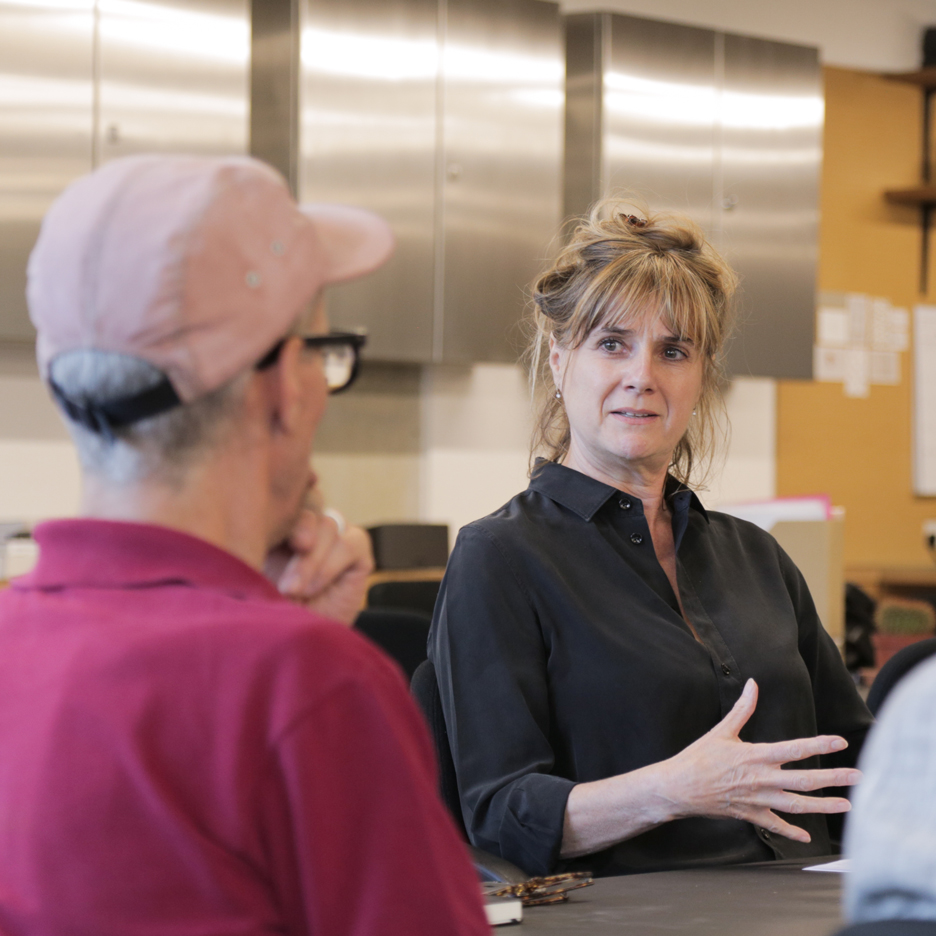
The submissions follow on from calls for a manifesto that would dispel "elitist" perceptions of the sector, following Dezeen's Brexit design summit last month.
Recent government statistics valued the creative industries as being worth almost £10 million an hour. Last month a report by innovation charity Nesta identified 47 "creative clusters" across the UK, with design among the fastest growing sectors.
"Brexit or no Brexit, any direct or indirect EU grant funding for creative businesses in the regions needs to be maintained or increased," said James Mair, director of design retailer Viaduct.
Over 95 per cent of creatives said they would vote to remain in the EU, according to a pre-referendum survey by the Creative Industries Federation, and architects and designers have expressed shock at the result.
But over a month on, many have been vocalising their determination to make the best of Brexit and ensure that it strengthens the sector.
Below is a summary of the manifesto ideas and points proposed by some of the designers that have contributed via email or during the Brexit design summit.
Readers can submit their own ideas in the comments, and Dezeen will also be liaising with key industry bodies and contacts across the UK to generate further input.
Update: the Brexit Design Manifesto was launched in September 2016. It is a message to the UK government about the importance of the architecture and design sector. To read the full manifesto and find out how to sign, visit www.dezeen.com/manifesto.
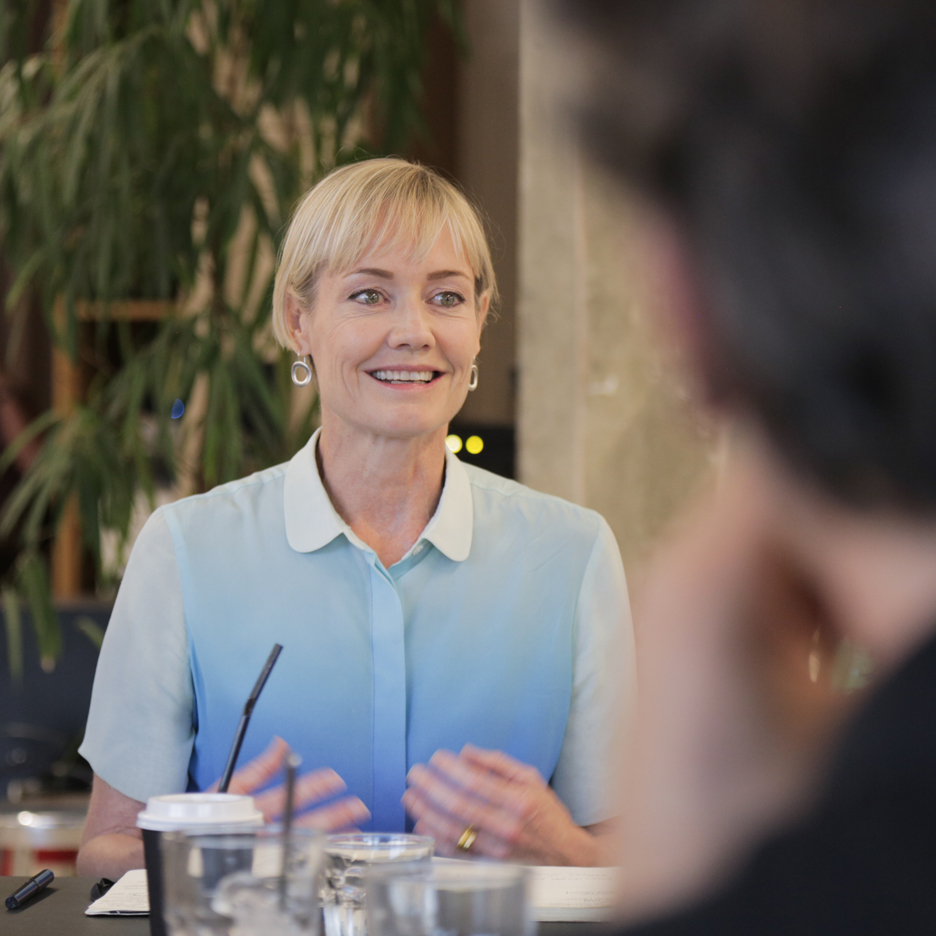
I really feel like the kind of rhetoric and the agenda has to change so that we recognise who's been left out by the post-recession boom that we all benefitted from [in London]. How do we help create a new culture of inclusivity and how do we remove design and design culture from being this elitist middle-class thing to being something that everybody understands as being their own? The whole culture needs to be broadened, and it should be about all of Britain.
A key subject of the debate is whether we support 'the free movement of people' or the 'free movement of workers'.
Manifesto principles:
The UK design, architecture and other creative industries are among the best in the world. The UK is a global design hub where innovation and diversity go hand in hand.
Our design industries, institutions, and the UK "design economy" have benefitted from the free movement of skills, ideas and expertise amongst EU nationals for the past 24 years.
Our inclusive creative industries have generated a huge number of "offshoot" industries, ranging from digital methods of manufacture, to design management to a new culture of making and design craftsmanship.
We call upon the UK government to first and foremost retain free movement of labour throughout Europe to allow the productive sharing of skills and expertise and to support the growth of creative industries across all our communities.
Action points:
- protect the UK's access to and free movement of labour across the EU
- guarantee the ability of existing EU workers in the UK to remain, across all sectors
- maintain the UK's participation in the Erasmus programme and other EU education exchange and knowledge transfer programmes
- implement a national education programme of design, technology and manufacturing linked to local industries, and with partner communities in the EU (like the 'twin town' and 'sister city' programme)
- assist and promote the UK design, manufacturing and making industries globally: UKTI to become UKDMTI (UK design manufacturing trade and investment)
- retain the EU's participation in the European City of Culture programme
Paul Priestman, designer and co-founder of PriestmanGoode
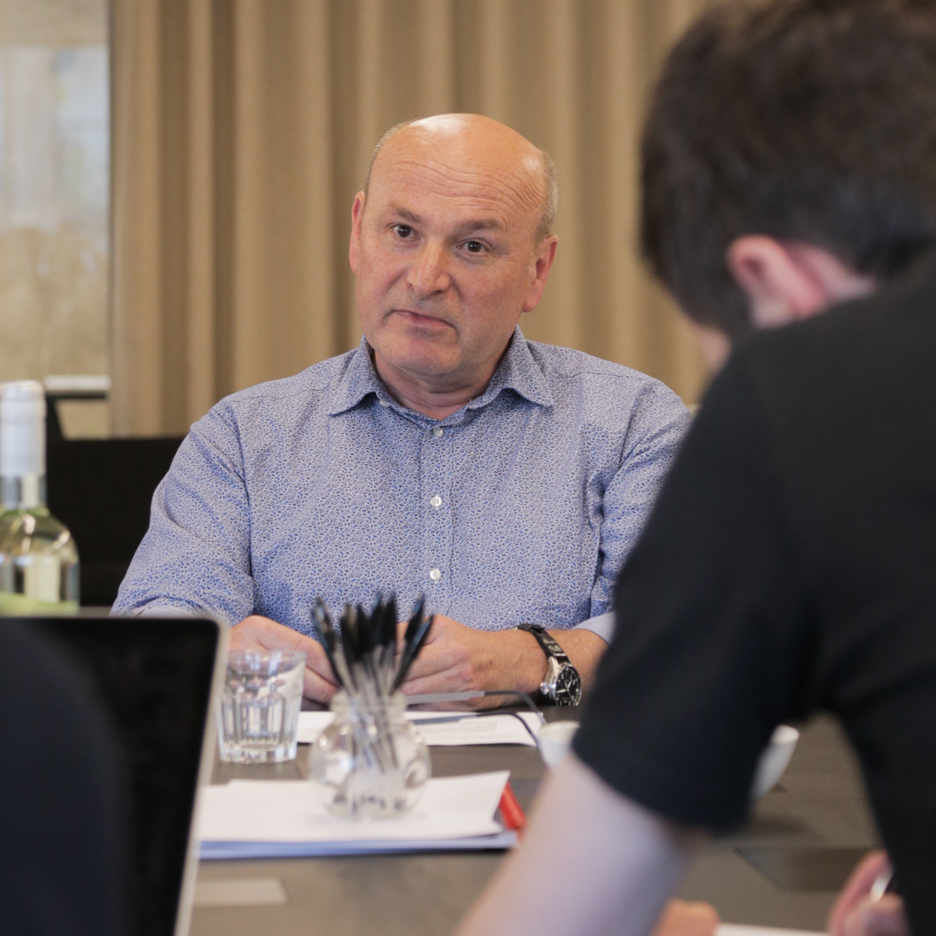
Main points:
- re-naming the London Design Festival to the European Design Festival (incidentally, by extension, the same ought to apply to the inaugural London Design Biennale)
- many people in the [Brexit design summit] meeting were talking about things they needed for their businesses to operate successfully, but those are all things that apply to all small businesses, not just to the creative industries. So we need a climate for businesses to operate and grow successfully, regardless of what industry they operate in
- Dezeen has a unique position as a bridge between all the different creative industries – design, fashion, architecture. While there is the RIBA, the Design Council, etc, the creative industries don't really have one single voice, and this is what I feel we need more than anything. [We need to] rally everyone together and give the creative industries a single voice
- it took a long time [for us] to be accredited as an appointed register for getting people's visas to come and work for us in this country from overseas. That takes a lot of our time, so I am concerned about what will happen in the future in that respect
- education and the cost of education, and of designers coming to this country, is a key problem

Main demand of the manifesto: to support the freest possible movement of creative talent through employment, freelance and education.
It can't sound like a protest from an entitled urban elite.
There are plenty of practical issues that need to be addressed of course, but importantly and urgently the top line unmeasurable damage needs to be addressed.
There needs to be a clear message to Europe that as a country we are still as progressive, open-minded, talented and forward-thinking as ever, albeit with a strong strain of sceptics in our midst. But it has been ever thus.
Judy Dobias, pr and founder of Camron
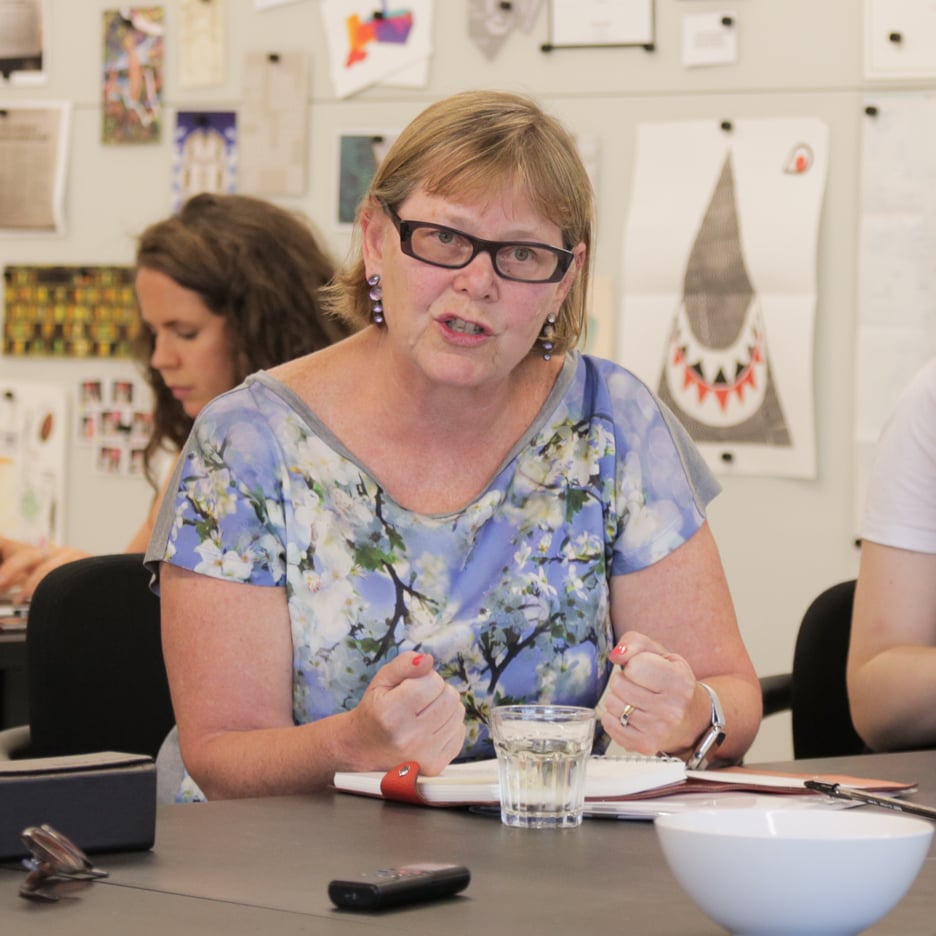
I would propose three key points that seemed to resonate with everyone (and also subsequent conversations I have had since [the Brexit design summit]).
- freedom of movement for those from the EU working here, and British talent wanting to work in Europe
- education – as much support as possible so that fees do not sky rocket and protect the Erasmus programme
- intellectual property – copyright laws worry a lot of designers I talk to
Finally, I propose creating a Design Index covering what each individual feels the challenges of Brexit are.
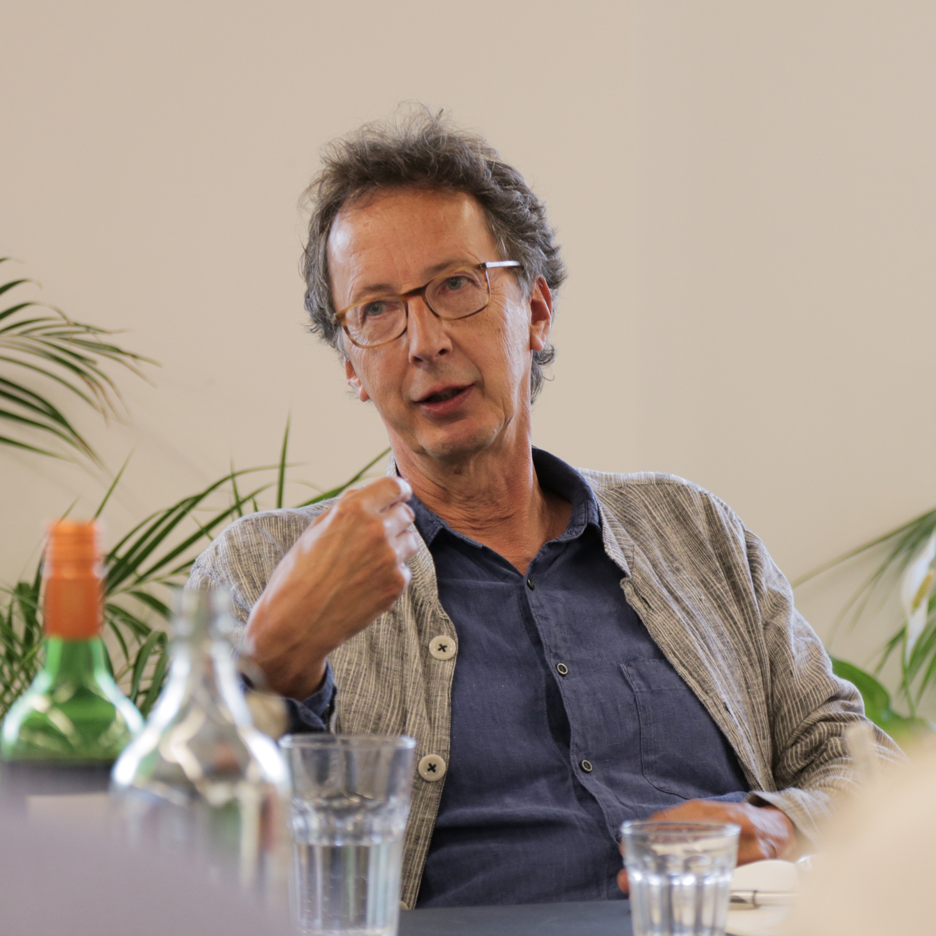
IF Brexit happens:
- keep movement of people as well as free trade. If immigration from the EU/elsewhere is to be restricted to an Australian points system, then the visa processing by UK companies should be kept as straightforward as possible
- we want one set of rules for the whole EU, not to be organised on a country-by-country basis
- maintain beneficial education costs into UK and into the EU
- ensure EU intellectual property rights, design registration and copyright laws are maintained in the UK
- I don't know how this applies to other businesses but currently if you are a UK agent for an EU company, there are very good compensation laws in case they fire you. These should be maintained
- Brexit or no Brexit, any direct or indirect EU grant funding for creative businesses in the regions needs to be maintained or increased
There are simple things that can be done that will help. For example, just making sure this whole country had mega-fast broadband throughout, [improving] the speed of communication – to me that’s much more important for the country than HS2.
Bethan Ryder, design journalist
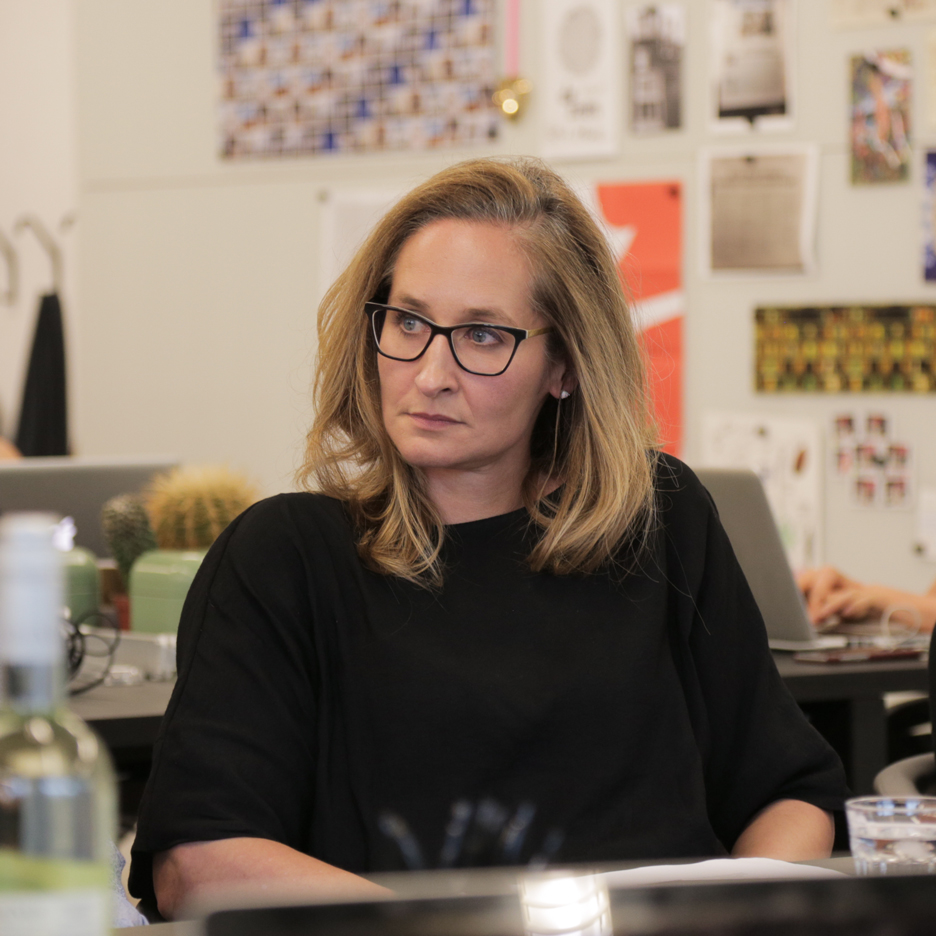
I would imagine the key points need to include:
- free movement of labour and students, perhaps globally? If not from the EU and a "right to stay" period following graduation
- issues about funding/grants in the education sector
- issues about rules/regulations and IP and perhaps adopting the same laws we already have – if those are indeed best for us
- import/export tariff issues – for example, from a retail perspective how leaving the EU affects importing Italian/French furniture or us to them etc
Many of these things are obviously not totally unique to the design industry, but I don't see it mattering if we repeat what other sectors are calling for.
We need to establish a very strong narrative about "design without borders", or how it has thrived from being open to Europe and what this has given back the UK (not just London).

My only input would be for the government to grab the opportunity of the collapsed pound to regenerate British industry and agriculture – it's got to be the only short-term silver lining.
Amanda Levete, architect and founder of AL_A
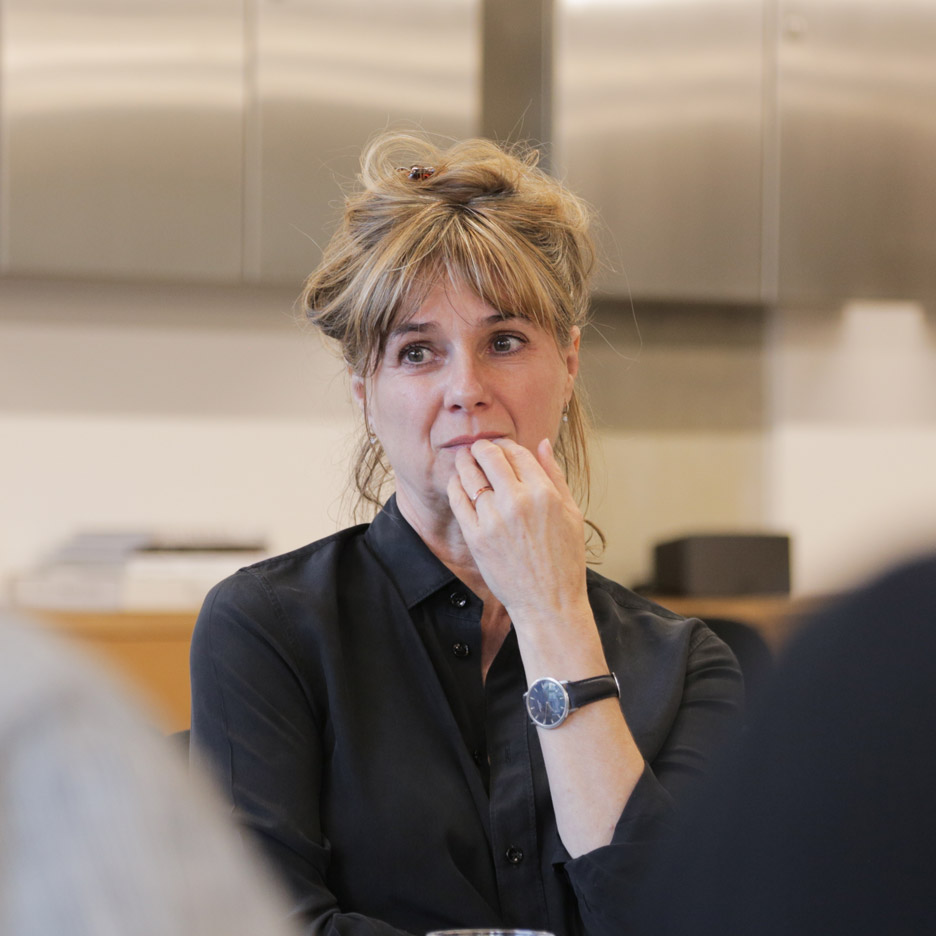
I think it has to be a manifesto, but it has to be backed up by why. We have to make the case about why diversity is so good for the profession, and how it's generated value in the economy.
It's absolutely no coincidence that the architecture in the UK over the last 25 years has flourished and has become richer as a result of the freedom of movement.
The reason freedom of movement is so important is because by having that you increase vastly the talent pool. And talent is what wins competitions, and winning competitions isn't just a profit for the architect tangentially – it's a profit for the construction business, it goes on and on.
It is completely essential and I think that there has to be a very positive narrative that is written that describes precisely this and why our discipline is richer for immigration, for freedom of movement.
Maybe we can take it even beyond the EU and talk about people from other parts of world, because we sponsor a lot of visas and it is incredibly time-consuming and very costly but you get some extraordinarily talented people. People from different cultures have different references. They bring something new and they make the office a more interesting and more vibrant place.
It's about having a wider conversation about the positive impact of immigration, and how we could use our industry as a fantastic example of where it's really worked.
Margaret Briffa, intellectual property lawyer
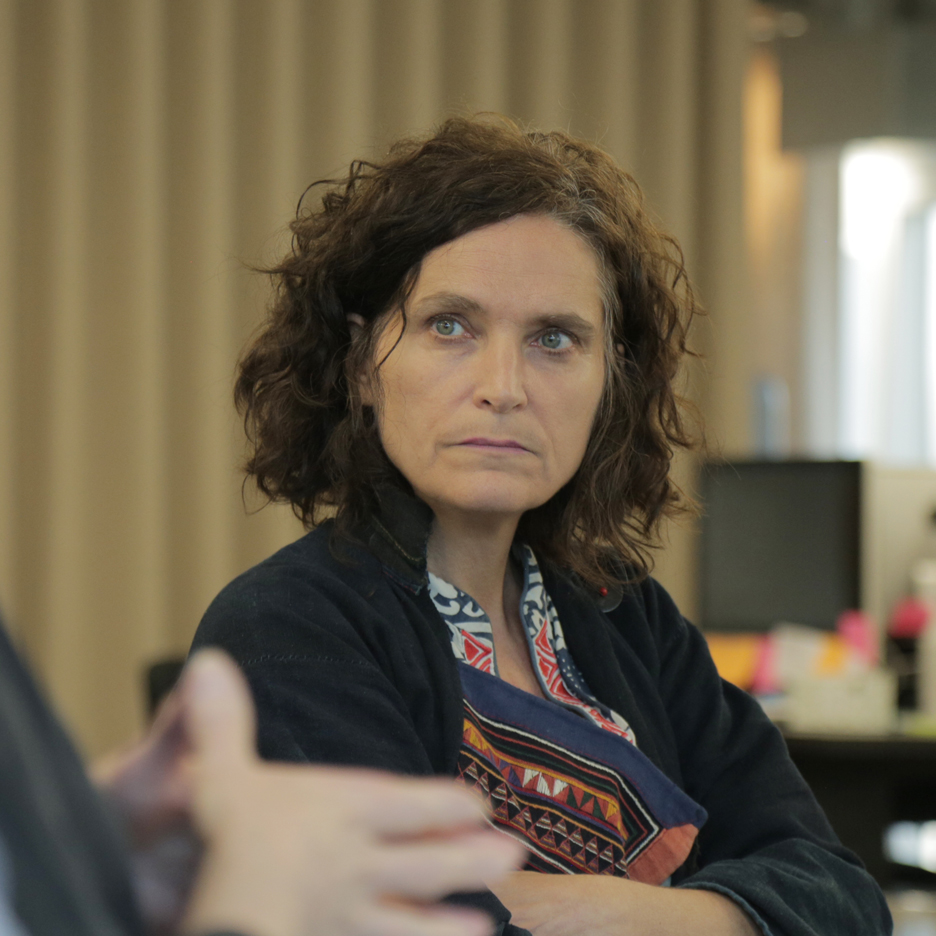
On the legal side I appreciate the need to keep it simple, so have provided three bullet points. The UK is already being seen as the copy capital of Europe as many countries have their own domestic rules that protect designers much more than anything we have here.
- all accrued and pending intellectual property rights that are based on EU rights must be preserved in the UK following Brexit
- the UK must provide for the ability to obtain equivalent UK rights in the UK as currently exist by virtue of UK EU membership post Brexit
- the UK must legislate further to provide UK designers with similar protection against look-a-likes as available to designers in other member states through their own national laws